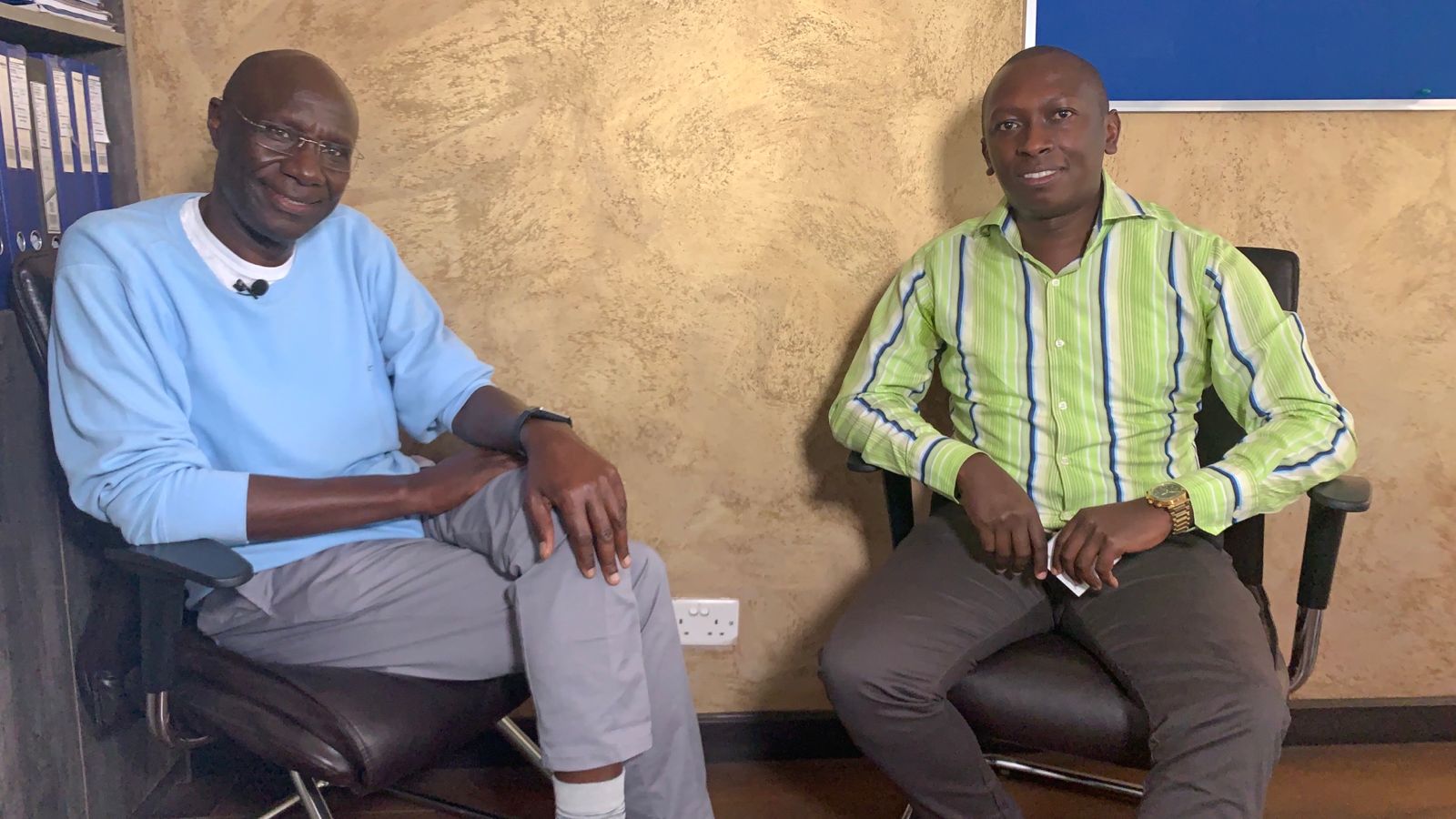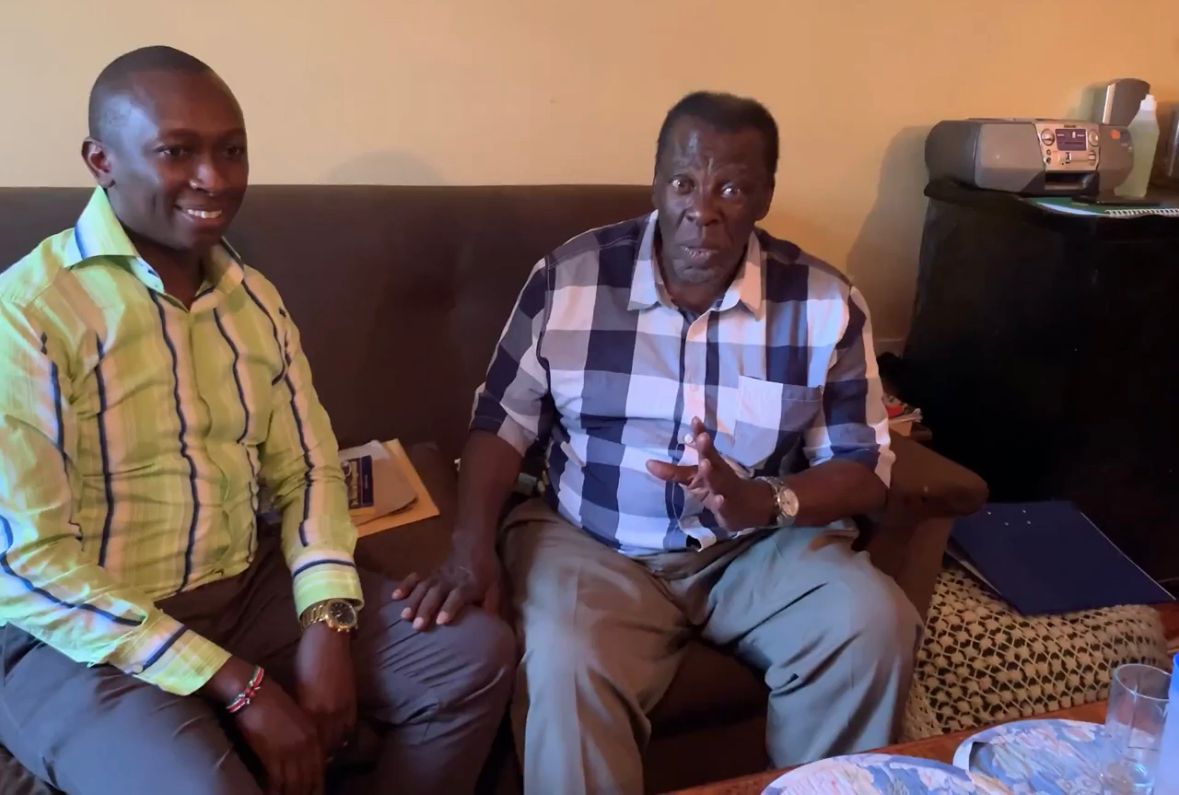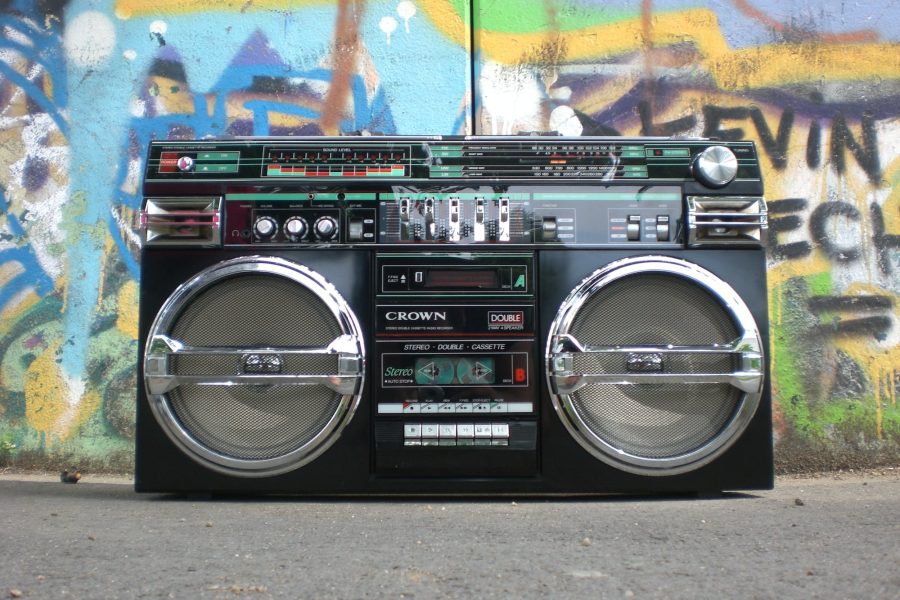In Kenya, where radio airwaves stretch far and wide, lies a rich history of sound that has shaped the nation’s soul. It is a journey that has evolved from humble beginnings of the radio to becoming part of socio-economic landscape, influencing how people communicate, engage and entertain. As we celebrated World Radio Day yesterday, a day set by UNESCO, I delve into the annals of history to reminisce about the legendary voices and programs that have left an indelible mark on Kenyan culture.
It all began with Swahili radio called Voice of Kenya (VOK), now known as the Kenya Broadcasting Corporation (KBC) – and at some point KBC Idhaa ya Taifa, laying the groundwork for what would become a vibrant landscape of radio programming. The airwaves were filled with the rich tones of Swahili, a language that resonated across the plains and valleys, bringing news, stories, and music to eager ears.
 Among the echoes of the past, several veteran voices stand out for me. These are pioneers who became the heartbeat of Kenyan radio. Leonard Mambo Mbotela, with his iconic “Je, Huu Ni Uungwana?” challenged listeners to reflect on societal values and ethics, all while weaving in humor. Then there was my favourite Jeff Mwangemi, whose voice became synonymous with reggae music, bringing the Caribbean’s rebellious rhythms to the heart of Kenya. Catherine Kasavuli, a trailblazer for women in media, gracefully transitioned from radio to television, setting the stage for future generations of female broadcasters.
Among the echoes of the past, several veteran voices stand out for me. These are pioneers who became the heartbeat of Kenyan radio. Leonard Mambo Mbotela, with his iconic “Je, Huu Ni Uungwana?” challenged listeners to reflect on societal values and ethics, all while weaving in humor. Then there was my favourite Jeff Mwangemi, whose voice became synonymous with reggae music, bringing the Caribbean’s rebellious rhythms to the heart of Kenya. Catherine Kasavuli, a trailblazer for women in media, gracefully transitioned from radio to television, setting the stage for future generations of female broadcasters.
John Karani, with his effortlessly smooth delivery, became a prime of Kenyan evenings. He had the unique ability to transform the end of a long day into a relaxing and thought-provoking experience. Elizabeth Omolo, through her iconic program “Music Time in Africa,” created a sonic bridge across the continent, showcasing the diversity and richness of African musical heritage. Then of course there is Fred Obachi Machoka’s “Roga Roga” on Radio Citizen became a musical bridge across Africa, making weekends a time for dance and reflection, and Waweru Mburu with “Yaliyotendeka”.
 Musa Juma Mwakanjuki lent his distinctive voice to “Tausi,” a radio drama that became a household favorite. Jack Oyoo Sylvester, a master storyteller, captivated listeners during radio’s golden age with tales that were as educational as they were entertaining. David Waweru’s presence on the night-time airwaves provided a comforting end to the day for many Kenyans. Githinji wa Mbiri, known for his keen observations and witty commentary on current affairs, had the rare gift of making listeners laugh while simultaneously provoking thought.
Musa Juma Mwakanjuki lent his distinctive voice to “Tausi,” a radio drama that became a household favorite. Jack Oyoo Sylvester, a master storyteller, captivated listeners during radio’s golden age with tales that were as educational as they were entertaining. David Waweru’s presence on the night-time airwaves provided a comforting end to the day for many Kenyans. Githinji wa Mbiri, known for his keen observations and witty commentary on current affairs, had the rare gift of making listeners laugh while simultaneously provoking thought.
During the heyday of Kenyan radio, both KBC’s Swahili and English stations were instrumental in introducing and popularizing a plethora of musical hits that defined generations. In the Swahili service, listeners were treated to a rich array of Taarab, Benga, and Swahili pop songs, artists like Siti binti Saad, and later, the rhythmic tunes of Daudi Kabaka and Themba Moepe, with hits like “Harambee Harambee” becoming anthems of national pride and unity. On the English stations, the airwaves were alive with the sounds of both international and local pop, rock, and soul music, introducing Kenyans to the likes of the Beatles, Bob Marley, and Michael Jackson, while also celebrating homegrown talents such as Ayub Ogada and Fadhili William. Fadhili William’s “Malaika,” a song that would go on to gain international acclaim.
Radio programming in Kenya was a rich mosaic of entertainment, education, and information. Shows like “Vitimbi” and “Vioja Mahakamani” were not just programs; they were cultural phenomena, blending humor with societal themes, making audiences laugh while subtly delivering messages on justice, morality, and everyday challenges. Other shows like “Darubini” and “Dunia Mambo Leo” are still memorable. Ah, and focusing on the Swahili aspect, the “Salamu za Kupitia Redio” program, often just referred to as the “Salamu” show, holds a special place in the hearts of Swahili-speaking listeners across Kenya, embodying the warmth and communal spirit of the Swahili culture.
“Sundowner” – This iconic program was synonymous with evening relaxation, featuring a selection of easy-listening music that provided the perfect backdrop for unwinding after a day’s work. “Habari” the main news bulletin that became an essential part of everyone’s day, offering comprehensive coverage of national and international news. Then there was “English Service Request Show” which allowed listeners to dedicate songs to friends and loved ones, creating a sense of community and connection across distances. Who can forget “Michezo na Burudani”, a sports and entertainment show that provided updates on local and international sports events, along with a healthy dose of entertainment news.
A quintessential part of the Kenyan radio experience was the ritual of “Kufungua kituo” and “Kufunga kituo,” the opening and closing of the station, marked by the playing of the national anthem. The national anthem, played at dawn and dusk, was a signal to listeners that the station was their companion, from the start of their day to the moment they retired for the night. In Swahili broadcasts, “Matangazo Maalum” and “Matangazo ya Vifo” have held a profound place in the fabric of community communication. The way these announcements are presented on air is marked by solemnity and respect, with broadcasters often adopting a tone that conveys empathy and communal solidarity.

The rise of FM radio in Kenya, alongside the burgeoning community radio movement, marked a significant evolution in the broadcasting landscape, democratizing the airwaves and bringing a diversity of voices and perspectives to the fore. The transition to FM broadcasting in the early 1990s unleashed a wave of innovation, with stations offering clearer sound quality, targeted programming, and greater interaction with listeners.
This shift saw the emergence of numerous stations, each catering to specific demographics and interests, from urban youth culture to rural agricultural advice. Simultaneously, community radio stations began to flourish, providing a platform for marginalized voices, fostering local culture, and addressing issues directly relevant to community listeners. These stations have played a crucial role in promoting social cohesion, empowerment, and grassroots development, proving to be an invaluable resource in both urban and rural settings.
The transition from radio to television was another significant milestone in Kenya’s broadcasting history. However, the charm and influence of radio have never waned. Even as television brought images to accompany the voices, radio retained its place in the hearts of Kenyans. Its ability to inform, entertain, and accompany listeners through their daily routines remained unparalleled. The transition also showcased the versatility of veteran broadcasters, who adapted to the visual medium, bringing their unique styles and voices to a broader audience.
In the digital age, radio has faced the advent of the internet, social media, and streaming technologies head-on, embracing these new platforms to expand its reach and relevance. Online streaming and social media engagement have allowed radio stations to interact with their listeners in real-time, breaking the barriers of distance and time. Yet, despite these technological advancements, the essence of radio—its immediacy, intimacy, and community focus—remains unchanged.
Today, radio remains an indispensable source of information and entertainment for Kenyans, adapting to changing listener habits while retaining its core appeal. Morning and evening drive shows have become a staple for commuters, making the journey to and from work both informative and enjoyable. Daytime shows cater to a wide audience, including those in their businesses, with segments ranging from financial advice to health tips, interspersed with music and interactive discussions. This adaptability has ensured radio’s place in the daily lives of Kenyans, seamlessly integrating with their routines and providing a constant backdrop to their day-to-day activities. The adaptability of radio, its integration with digital technologies, ensures that it remains a relevant and cherished medium. In times of crisis, radio stations have mobilized communities, coordinated relief efforts, and provided a lifeline of information. Its role in shaping public opinion and fostering dialogue on key issues underscores radio’s enduring significance in the socio-economic advancement of the continent, proving that, despite the digital revolution, radio remains a powerful force for change and progress in Kenya and across Africa.




